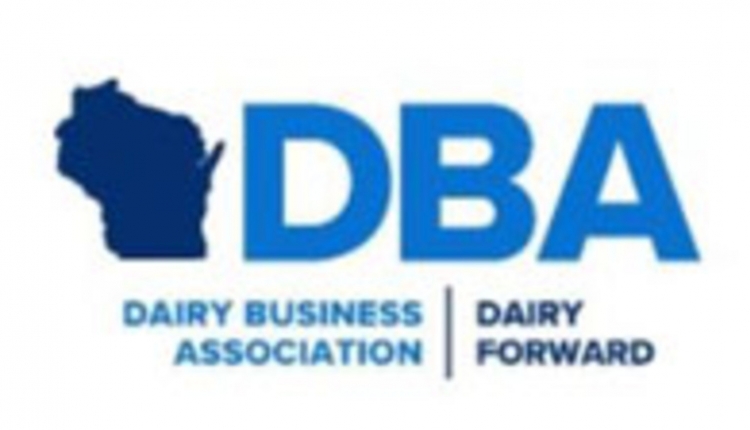Will the 2012 Farm Bill actually be written and passed in 2012? What will it look like? That was the focus of the discussion at the opening session of the National Dairy Producers Conference in Omaha, Neb., on Monday, May 16.
"Farmers are likely to get a better Farm Bill in an election year," Jerry Hagstrom of The Hagstrom Report pointed out. Hagstrom noted that President Obama carried more votes in rural areas than any Democratic presidential candidate since President Clinton. The President knows that he needs to carry votes in rural areas in major swing states in the 2012 election. Those swing states happen to be key agricultural states, he went on to say. He also pointed out there are a host of Senators facing re-election campaigns, including Michigan Senator Debbie Stabenow, the current chair of the Senate Ag Committee. They would prefer to deliver a completed Farm Bill when going out on the campaign trail.
"It may be one of the most difficult Farm Bills to pass," Hagstrom went on to say. "There are a lot ideologically pure, newly elected House members representing the Tea Party," he said. "In addition, 23 of the 46 House members are first-time Ag Committee members."
There will be cuts in the next Farm Bill. Just how large they will be is yet to be determined. However, spending will have to be corralled as the nation's debt keeps growing. The size of the federal government's debt has doubled by $1.91 trillion during the past 10 years.
"We cannot do a straight extension of the Farm Bill. The money is not there," says Mary Kay Thatcher who is with the American Farm Bureau Federation. "The President's plan calls for $10 billion in cuts over the next 10 years," said Thatcher. "Representative Paul Ryan's House version looks to cut $30 billion," she said. "The cuts will likely be between the bookends of $10 to $30 billion or $1 to $3 billion per year."
"When looking at the Farm Bill, it is important to note that 76 percent of spending goes to nutrition programs," notes Thatcher. "There are 44 million people on food stamps . . . 1 out of 7 Americans. In addition, 55.7 percent of school children receive free lunch, and 74.6 percent qualify for free breakfast," Thatcher stated. Only 24 percent of the Farm Bill is specific to agriculture. "For the first time, crop insurance, at 9 percent, represents more than commodity programs (7 percent)," she said. "Another 7 percent goes into conservation programs," she said. "The cuts need to be proportionate."
What the next Farm Bill will look like remains to be seen. However, those in agriculture have one major advantage. "The world needs food," Hagstrom reminded those attending the conference. "No one is talking about U.S. and the EU (European Union) overproducing food any longer."








